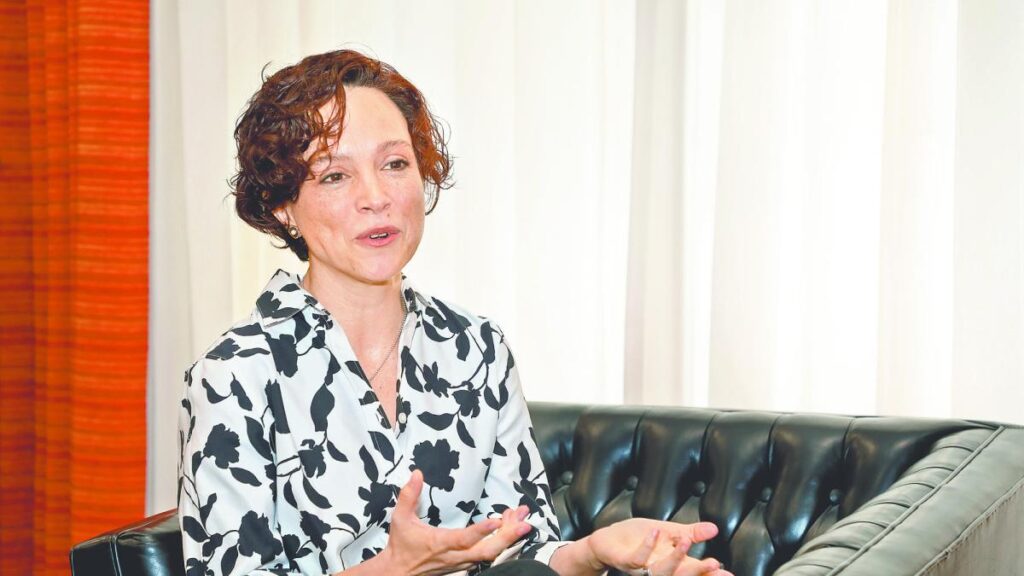Background on Galia Borja and Her Role
Galia Borja, the Deputy Governor of Banco de México (Mexico’s central bank), has been instrumental in explaining the recent economic trends in Mexico. Her insights provide crucial context for understanding the shifts in financial behavior among both businesses and households.
Rise in Long-Term Savings
According to Borja, the increase in long-term savings has been a significant channel for transmitting the restrictive monetary policy. The average long-term savings, which ranged from 1.9% of the Gross Domestic Product (GDP) between 2010 and 2019, rose to 3.1% of the GDP in December of the previous year.
M2 Money Supply Growth
The M2 money supply, which includes easily accessible funds like cash and checking deposits, has grown considerably. In September 2021, it stood at 10.7 billion pesos and increased to 15.4 billion pesos by March 2025, marking a 7% annual growth rate from March 2024 to the present. This growth coincides with the ongoing interest rate reduction cycle.
From Liquid Assets to Long-Term Investments
Borja acknowledged that identifying the characteristics of users who increased their savings is essential. Luis Pérez Lezama, an expert from thinklab Saver, explained that the M2 aggregate includes long-term investment instruments like Cetes (Mexican Treasury Certificates). These assets involve residual timeframes of up to five years and are held by credit and savings popular entities, credit unions, as well as long-term holdings including debt investment funds.
Impact on Consumption and Inflation
Despite the higher returns on investment assets, Pérez Lezama cautioned that this does not necessarily imply reduced consumption or inflation pressure. The Base Monetaria, which includes cash and bank current account deposits, has grown to over three billion pesos since April 2020. This growth indicates increased cash usage for purchasing goods, continuing to fuel demand.
Limited Financial Inclusivity in Mexico
Although long-term savings have been on the rise, only a small percentage of Mexican citizens (5-10%) are engaged in banked investments. Rodrigo Mariscal, head of the Economic Planning Unit at Mexico’s Ministry of Finance, stated that Mexican households have sufficient savings to weather a recession. However, this does not translate into widespread financial stability due to the limited bankarization of investments.
Credit Access Challenges for Businesses
Raymundo Tenorio, an emeritus professor at ITESM, highlighted that 73% of business credit is sought from suppliers rather than banks. The high cost of credit for businesses has led to a preference for supplier financing instead of traditional bank loans. Tenorio pointed out that commercial banking practices continue to prioritize risk over accessibility, further complicating credit access for Mexican businesses.
Key Questions and Answers
- Who is Galia Borja? Galia Borja is the Deputy Governor of Banco de México, responsible for explaining recent economic trends in Mexico.
- What has led to the increase in long-term savings? The rise in long-term savings is attributed to the restrictive monetary policy implemented by Banco de México, which has incentivized both businesses and households to invest in long-term instruments.
- How has the M2 money supply grown? The M2 money supply has increased from 10.7 billion pesos in September 2021 to 15.4 billion pesos by March 2025, growing at an annual rate of 7% since March 2024.
- What does the growth in base monetaria indicate? The growing Base Monetaria suggests increased cash usage for purchasing goods, which continues to drive demand.
- Why is financial inclusivity important in Mexico? Limited bankarization of investments means that only a small percentage of Mexican citizens are engaged in banked investments, hindering widespread financial stability.
- What challenges do businesses face in accessing credit? High costs of credit for businesses have led to a preference for supplier financing instead of traditional bank loans, compounded by commercial banking practices prioritizing risk over accessibility.






